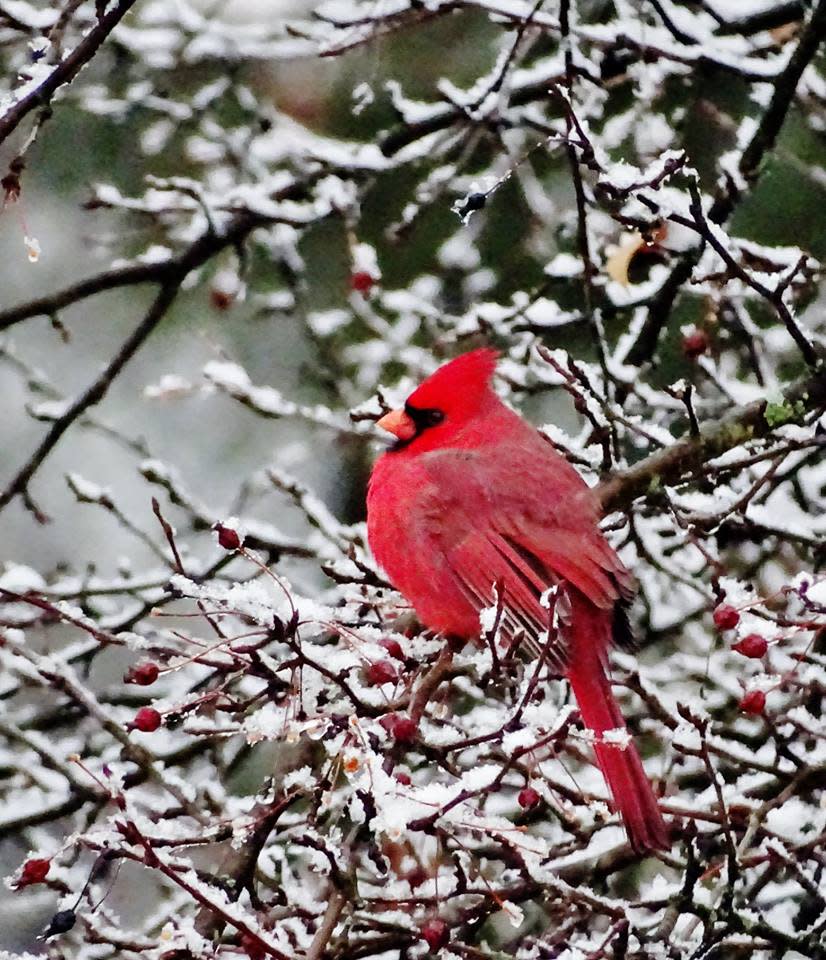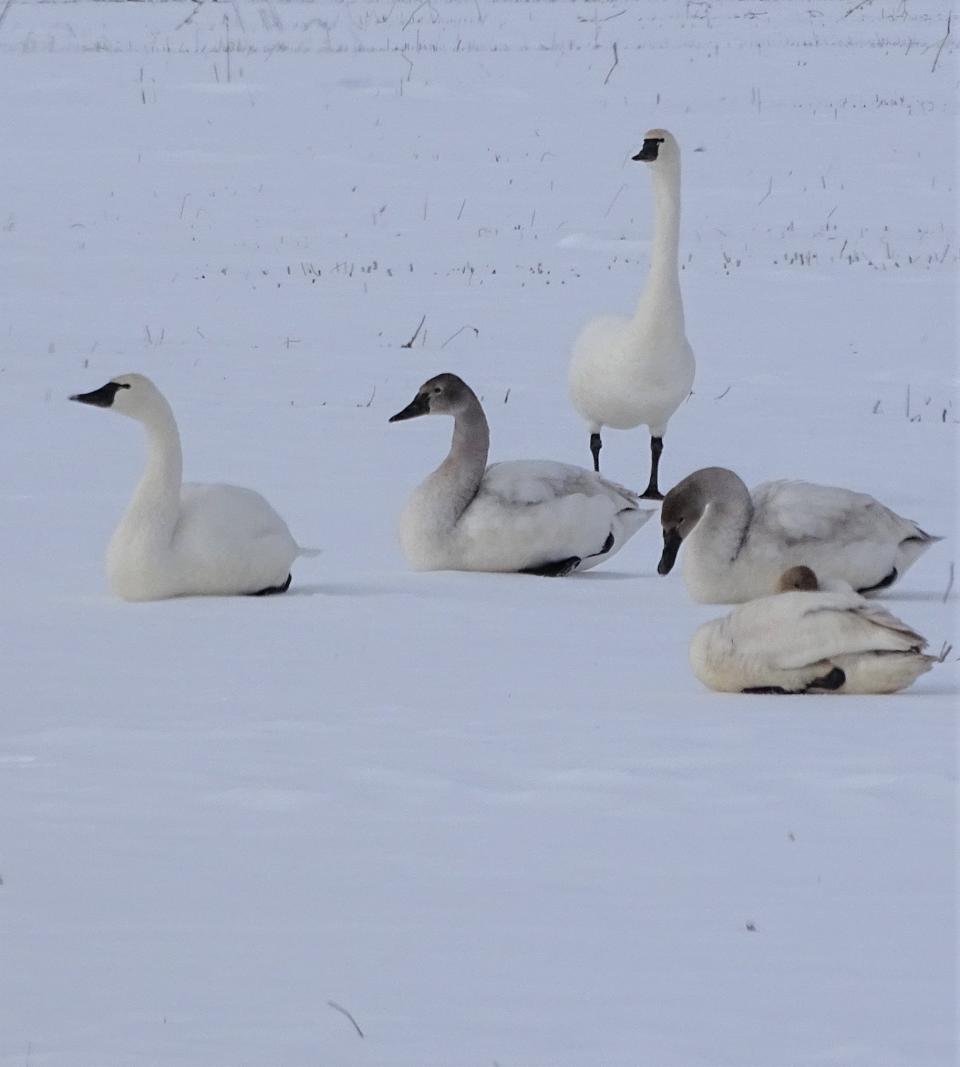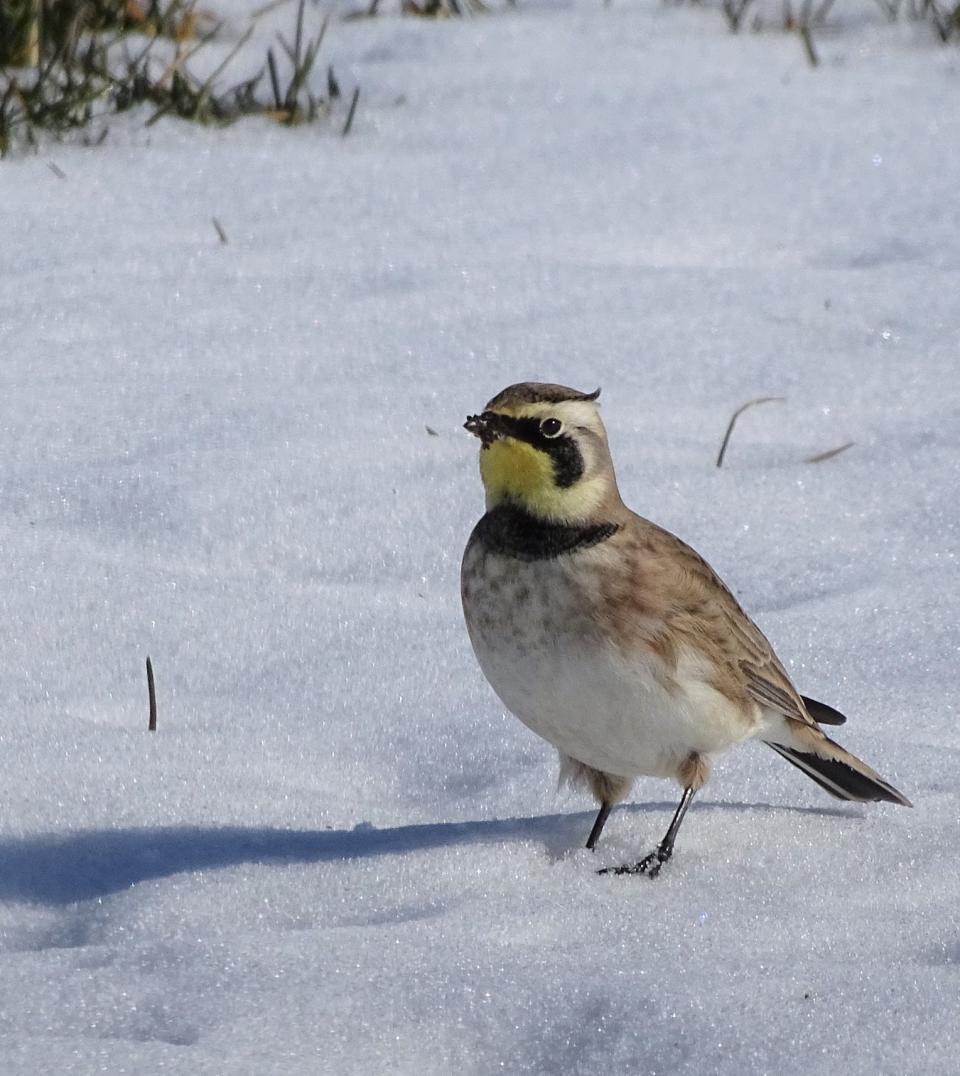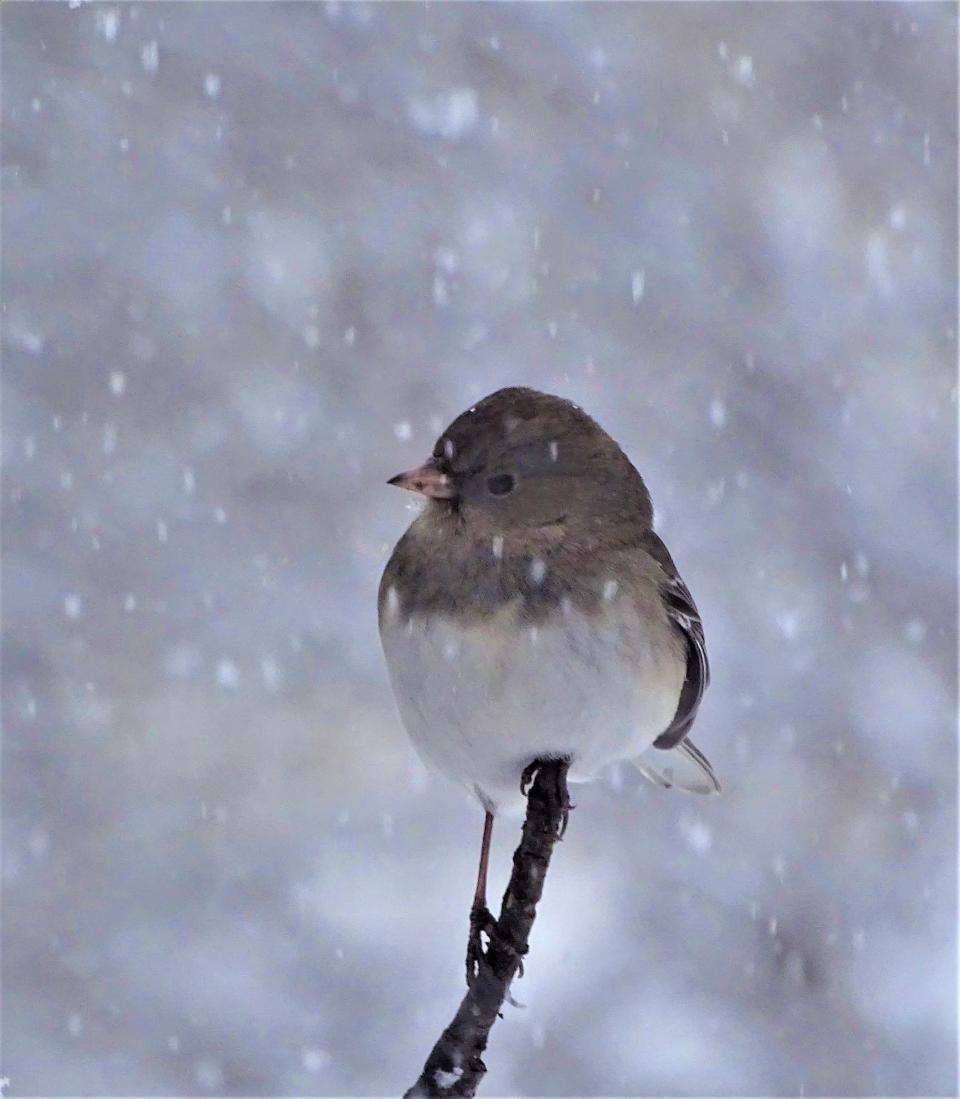Deep freeze deep sixes this year's Wooster Christmas Bird Count, an event since 1950

Christmas wasn’t cancelled this year, but the Wooster Christmas Bird Count was.
For 123 years, the National Audubon Society has sponsored the Christmas Bird Count, an event that started with 27 individuals in 25 locations in 1900, and has grown to over 50,000 birders and 2,100 “circles” in the Northern Hemisphere.
Wooster’s first CBC was held in 1950, and four years later, Roger Troutman participated in his first one in Wayne County. Now the field leader and compiler of the Wooster CBC, he hasn’t missed many since, but this year it just didn’t work out. It was scheduled for the day after Christmas, but the fierce winter storm that engulfed the area put this year’s Wooster CBC in a deep freeze.
“Several of the field leaders couldn’t make it, and with the weather being what it (was), I decided to call it off,” said Troutman. “I’m not sure if I’m going to reschedule it, we have until Jan. 5.”
More: Year in review: Mushroom, big bucks, trail cams catch outdoor readers attention in 2022

Count is longstanding citizen science project
I was hoping to tag along this year with College of Wooster professor Dave McConnell, and participate in my very first Christmas Bird Count, so I was certainly disappointed when it was cancelled. But, there will be other years. In the meantime, several other area CBCs did go on as scheduled, or will, including the Wilmot, Millersburg, Mohican, Ashland and Mansfield CBCs.
McConnell explained the importance of volunteering for the holiday event.
“I like to help out on the Christmas Bird Count because it’s an important and longstanding citizen science project that helps document changes in bird populations over time,” he said. “I also enjoy the camaraderie and the collective challenge of seeing as many species as possible in a 24-hour period.”
More: Rare find: Wayne Amish farm has first recorded Ohio nest of Black Bellied Whistling Ducks
Ornithologist Frank Chapman started the CBC (originally called the Christmas Bird Census) as a way of persuading hunters to get away from what were called “side hunts” in the day, with groups going out over the winter holidays to shoot as many birds and animals as they could in a contest to see who could pile up the most. Along with the trend of feathered hats and boas, it was taking its toll on the bird population, especially the Egret, which is why that is the bird species that is now recognized as the National Audubon Society’s symbol.

The CBC has since grown into an important tool for scientists to help track long-term trends as well as answer the No. 1 question, “how are the birds doing?” Fortunately, the CBC has been going on for so long that one missed count won’t skew the data.
Little impact from one missed count, 'too many variables'
“You can’t look at one single count and say numbers are up or down,” Troutman said. “There are way too many variables. You can’t look at one count for one year and make a determination of the overall number of birds in total or by species.”
One of the variables that would have affected this year’s Wooster CBC was the flash-freezing of area ponds, rivers and lakes as wind-chill temperatures reached minus-35 in the days leading up the scheduled count.
“The count would have been down on the number of waterfowl,” Troutman said. “All the ducks were probably at the (Killbuck Marsh Wildlife Area’s) Big Spring.”
More: Naming rights: Ever wonder why gaggle of geese, Parliament of owls, murder of crows came to be?

Each CBC area is divided up into a 15-mile radius, and volunteers are given a specific quadrant to count all the birds they spot that day. They then report that number to the compiler, who in this case would be Troutman, and he forwards the information on to the National Audubon Society.
“I’ve been compiling for 60 years, and I’ve been involved for over 70,” said Troutman. “Very few counts ever get cancelled, and this is the first time I know of any of the local counts being cancelled.”
Historically, the Wooster CBC is on a Saturday, but with Saturday being Christmas Eve this year, Troutman decided to move it to the day after Christmas, as most birders who do work would have had that day off. And, even though it is called the Christmas Bird Count, Troutman says very few are actually held on Christmas Day. In fact, the Christmas Bird Count can be done on any day between Dec. 14 and Jan. 5.
If you would like to participate in a local CBC next year, go to www.audubon.org for more information.
Outdoor correspondent Art Holden can be reached at letsplabal@yahoo.com.

This article originally appeared on The Daily Record: Deep freeze deep sixes 2022 Wooster Christmas Bird Count

